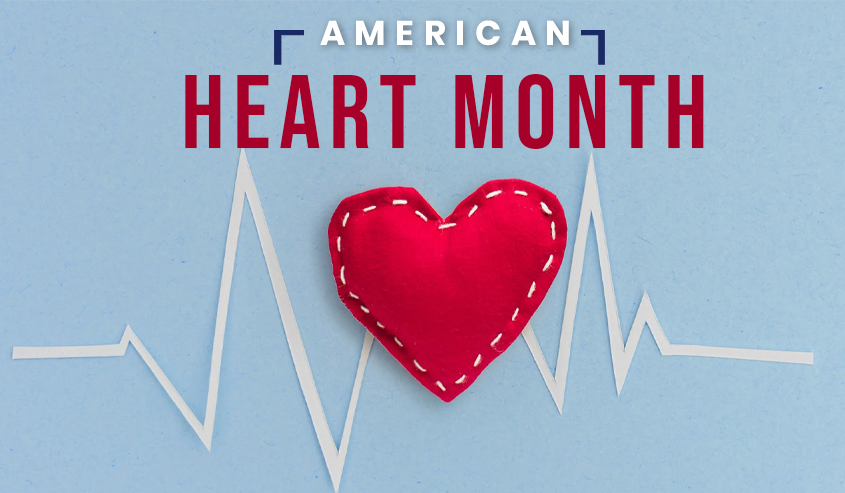
In addition to the month of February being American Heart Month, the focus is also on women’s heart health. As you may or may not know, cardiovascular disease or heart disease is the #1 killer of women. So, in order to raise awareness, the American Heart Association created “Go Red for Women”, its signature women’s initiative that happened this past Friday. Go Red for Women is a comprehensive platform that was developed to increase awareness of women’s heart health. Consequently, people are urged to wear red on that day to commemorate this initiative. After reading this blog post head on over to our social platforms to see our staff in support of this initiative.
The Role of Diagnostic Imaging in Heart Health
Chest pains and fluttering of the heart as well as heart attack are all signs of heart health issues. Prior to the development of cardiac imaging, these symptoms usually meant that the patient would need to undergo a cardiac catheterization or treadmill test in order to diagnose the problem. However, with the advent of 3-D echo (3-dimensional echocardiology), CT scans, MRI’s, and PET scans, this has all changed. Early diagnosis of the disease ensures that treatment starts early and longer heart health is maintained.
In cardiac catheterization, the use of a catheter inserted into the patient’s arm or groin enables cardiologists to examine the arteries, chambers, and valves of the heart. The treadmill or stress test shows how the heart performs under exertion such as pedaling a stationary bicycle or walking on a treadmill. However, with today’s innovative imaging technology, physicians are able get the same information much less invasively. It helps lower the pain for patients and ensures speedy recovery.
Non-invasive Cardiac Imaging
Cardiac imaging is a non-invasive procedure that refers to using different methods in conjunction with one another to produce images that are related to the heart’s function and structure. Compared to the more invasive procedures above, non-invasive imaging techniques are used to detect certain heart conditions such as abnormalities that can hinder the heart’s ability to pump blood and arterial plaque (coronary artery disease).
Thanks to these technological advancements, the number of non-invasive cardiac tests has increased significantly over the last couple of decades. Despite the fact that these tests have made it easier for cardiologists to diagnose and treat cardiovascular issues and heart disease, cardiac imaging isn’t beneficial for all individuals.
Consequently, cardiac imaging tests should be ordered based on a physician’s advice. Furthermore, they should only be considered if the results of the imaging would influence the way in which the condition is treated (lifestyle changes, medication, procedures, etc.).
For more information about American Heart Month (especially women’s heart health) and the role of cardiac imaging, call Vital Imaging at (305) 596-9992.
